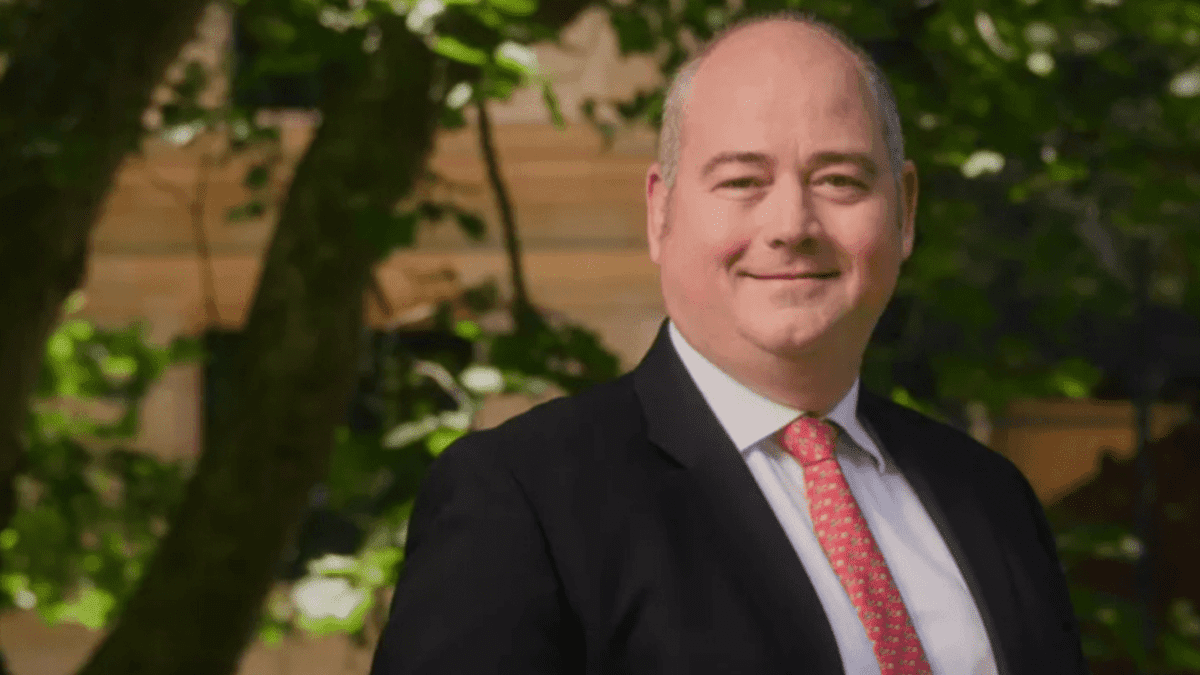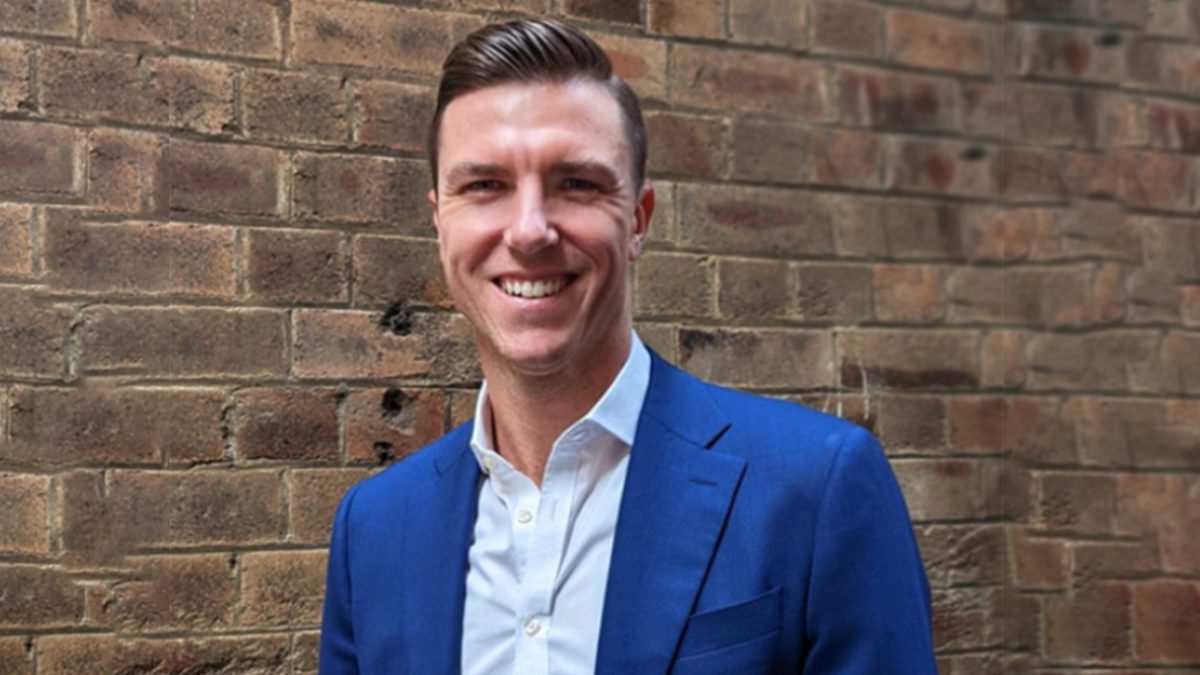As some ‘super disruptors’ fizzle, others take market share
Many of the new entrants vying to capture a slice of Australians’ $3.3 trillion in superannuation assets have failed to gain traction, new research says. But those remaining have shown that by lasering in on member engagement and creating a unique customer offering, upstart funds can turn into sustainable competitors.
Newer super funds with small but rapid growth in funds under management (FUM) are termed “super disruptors”. These funds usually have a greater focus on technology and target a particular investor demographic, cause or theme.

At the peak, there were 30 challengers nipping at the heels of established industry and retail super funds. The disruptors amassed $3.8 billion in assets but represented just 0.12 per cent of the superannuation market.
However, more than half have since collapsed, been shut down or failed to resonate with target audiences. At the end of 2022, just 14 remained, with more closing doors early this year. Notable upstarts to exit include Zuper, Super Prophets and FairVine.
Pandemic-era emergency measures that allowed members to withdraw $20,000 from super disproportionately affected upstart funds given their lower FUM, Rainmaker Information said in announcing the results of its 2023 Superannuation Benchmarking Report.
Additional headwinds also exist in the form of recent legislation barring the opening of multiple funds for one person and the entrance of well-funded overseas competitors such as Vanguard.
Fees were also an obstacle for disruptors, the report found, as smaller funds have fewer assets to cover fixed expenses, and costs are ultimately passed on to members. “The median expense ratio for disruptor superannuation products, being 1.15 per cent, was 10 per cent higher than the Rainmaker 2022 MySuper fee benchmark of 1.06 per cent,” said Alex Dunnin, the research firm’s executive director of research and compliance.
Member engagement paramount
Positively, a few disruptors have bucked the trend on costs. ChantWest ranked Virgin Money Super the MySuper fund with the third-lowest fees on a $50,000 balance, and the fund is materially lower than its peer group.
Virgin Money general manager Chris Sozou said a shake-up is needed but that members have certain non-negotiables.
“Superannuation was a space in need of disruption to better engage and communicate with customers,” he explained. “However, such disruption cannot come at the expense of fees or performance, where customers expect funds to provide strong performance with low fees.”
While also offering competitive fees and performance, Raiz Invest has lasered in on the user experience and education. Chief operating officer Grant Brits (pictured) said most new customers are first-time investors, which allows Raiz to facilitate learning about saving and investing.
The majority of Raiz’s client funds are on the company’s retail platform. As clients’ confidence grows, they make larger investments and move across to the superannuation offering.
“We educate and empower our customers, then as a by-product of this our customers trust us to help them grow their wealth over the long-term,” Brits said.
Noting that Raiz is cash-flow positive, Brits added that a stable financial footing gives customers confidence the platform will be around for the long term.
“There have been several fairly high-profile closures and also others [that] have struggled to raise capital to fund their businesses,” he said. “This positive corporate position definitely flows down to our customers’ security and trust in Raiz.”
Like Raiz, Virgin Money Super seeks to keep its customers as the central focus. Internal research found that most young Australians view the benefits of super as being too far into the future. To counter this, Virgin began offering frequent flyer points − a tangible benefit members can use right away.
“We have brought this key focus into the superannuation space to ensure we design offerings that encourage them to take control of their super and, better yet, be engaged with it,” Sozou said.
For the few disruptors that have succeeded, growth has been admirable: since 2017, FUM has grown 124 per cent from a base of $1.7 billion.
“The major characteristic of these surviving disruptors is a clearly delineated product theme − four of the segment’s five largest products are heavily identified with ESG [environmental, social and governance], with others heavily focused on technology investments,” Dunnin said.









